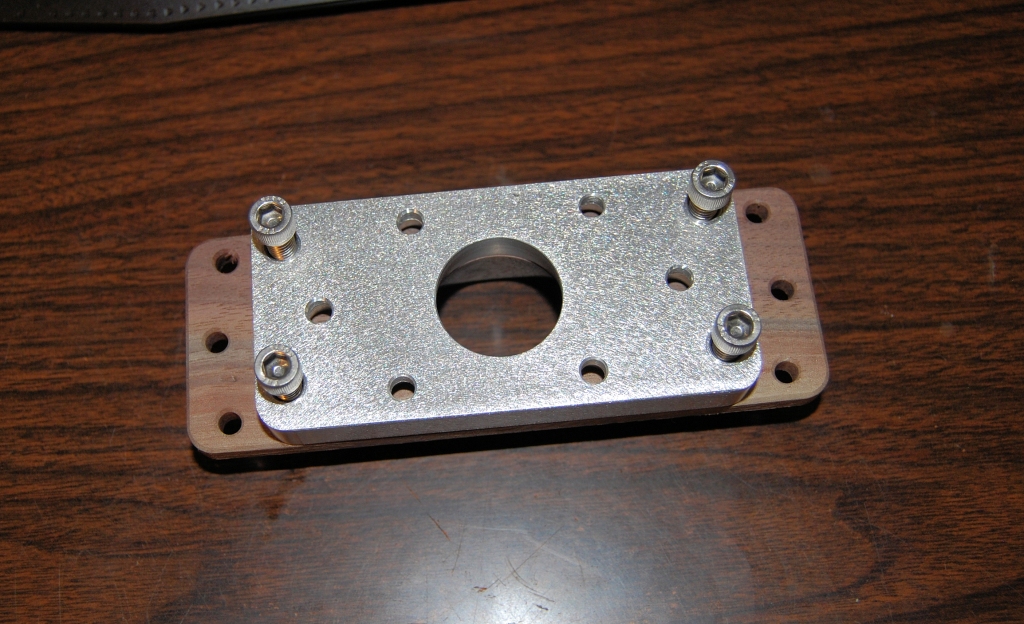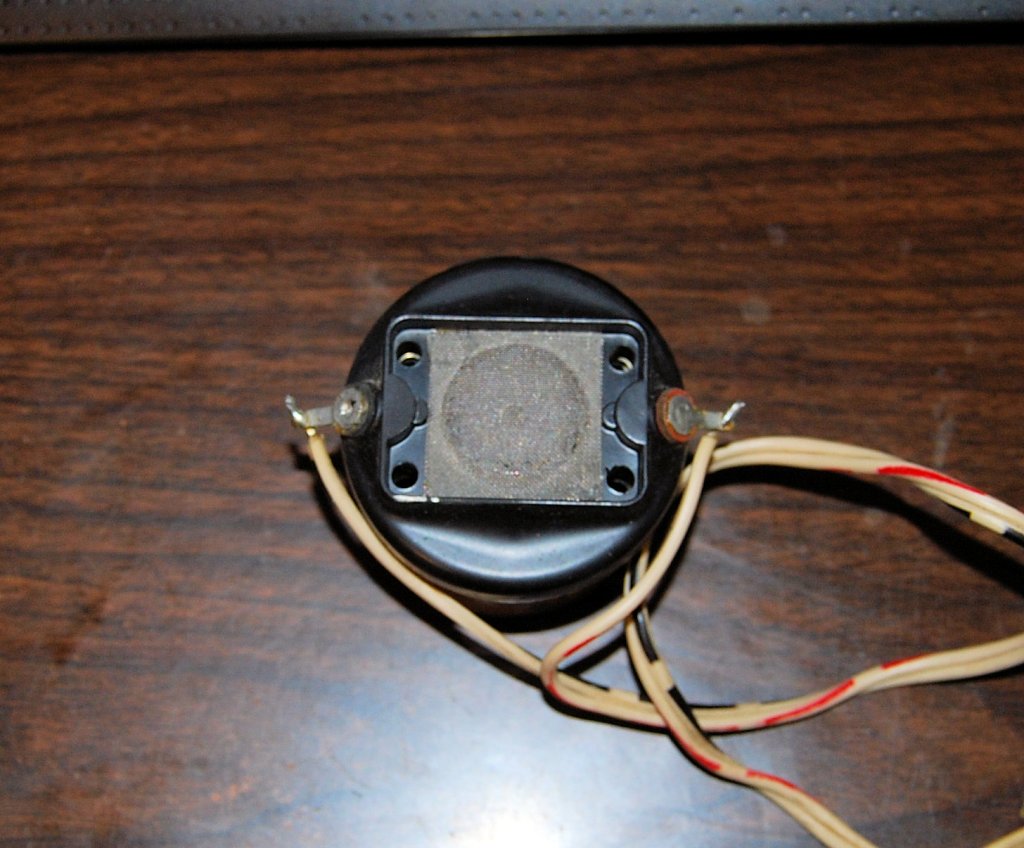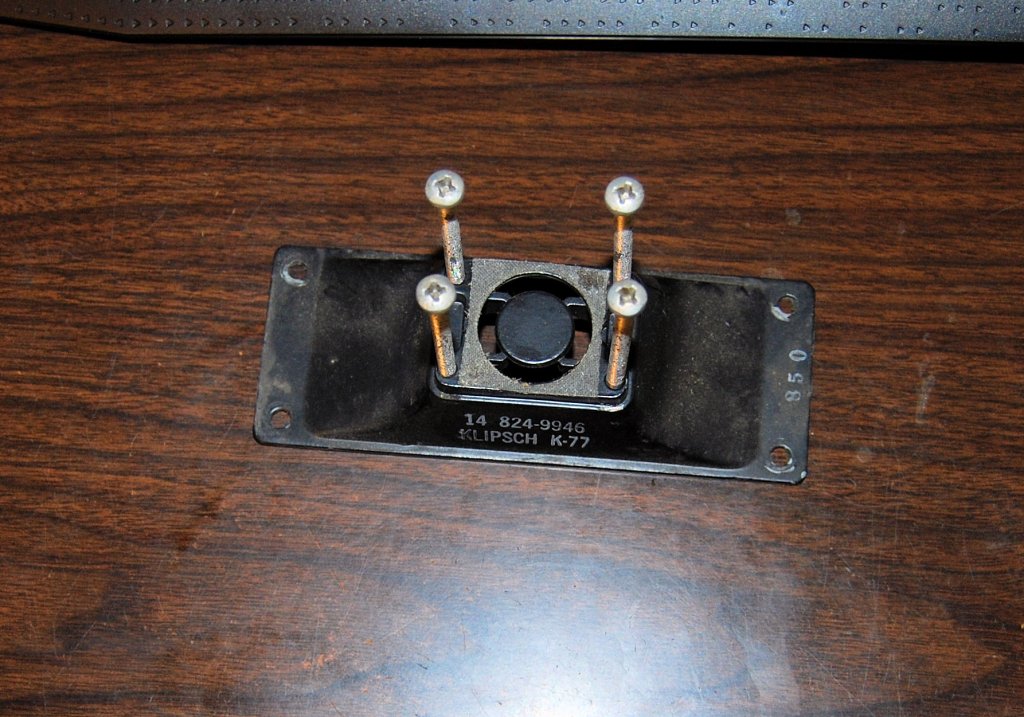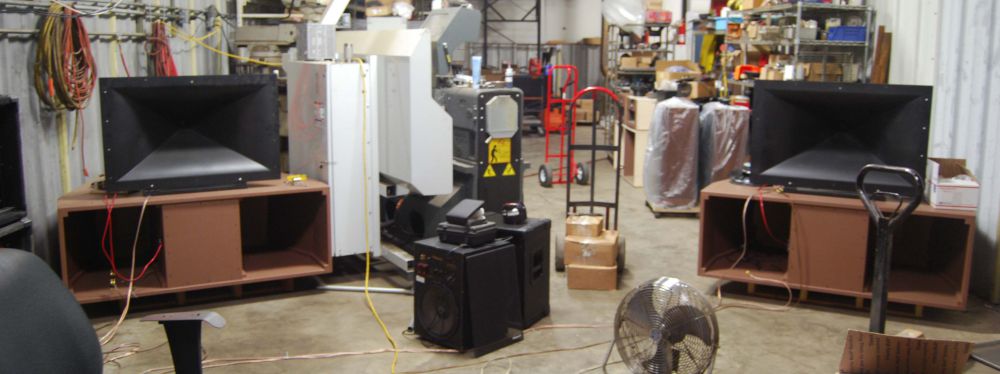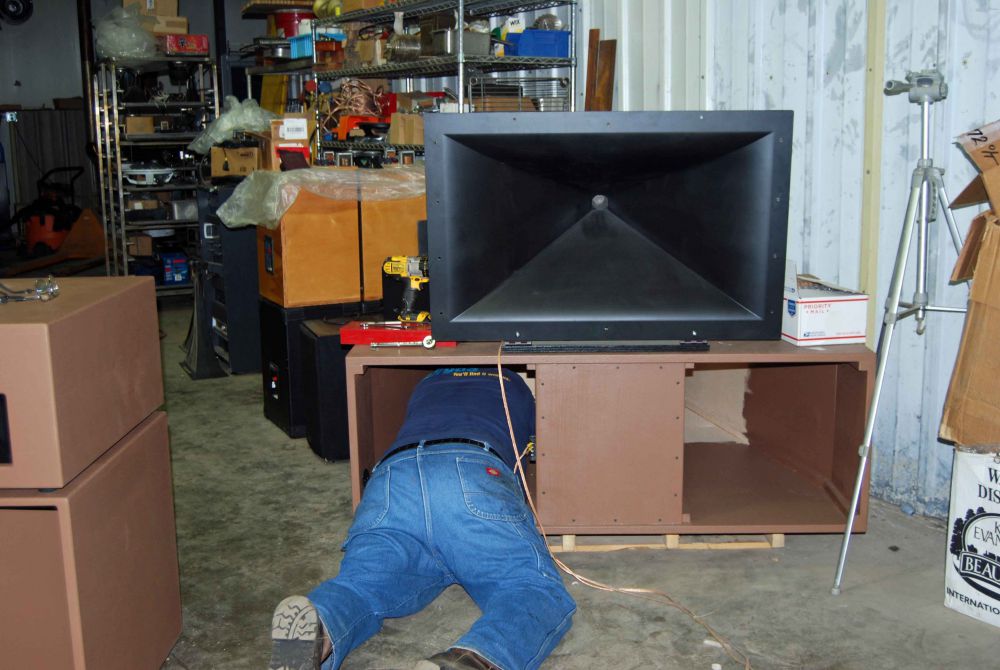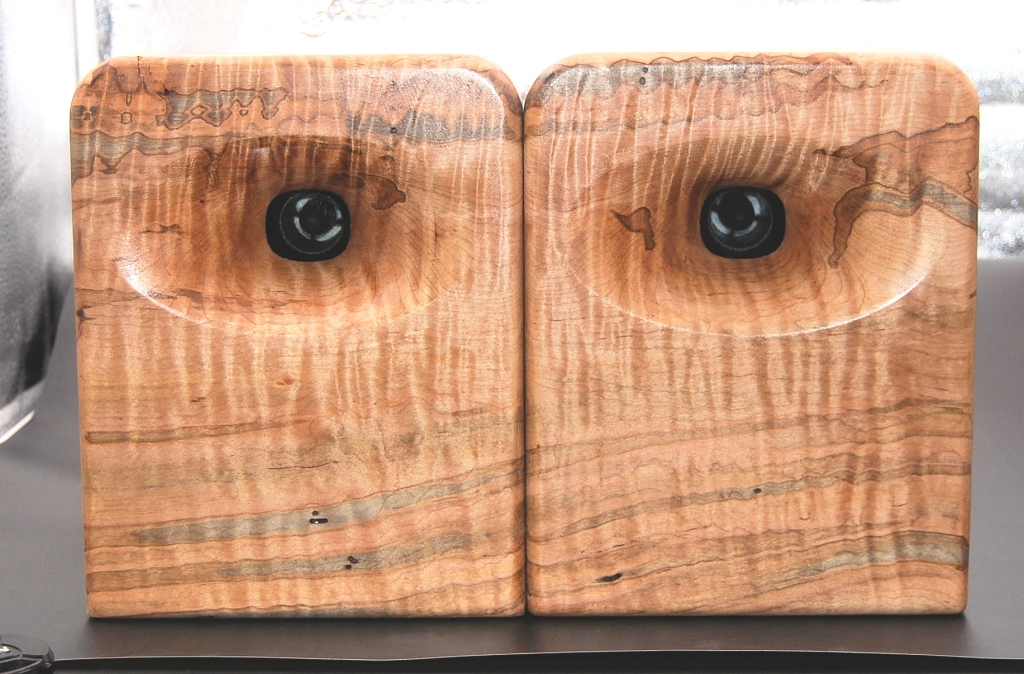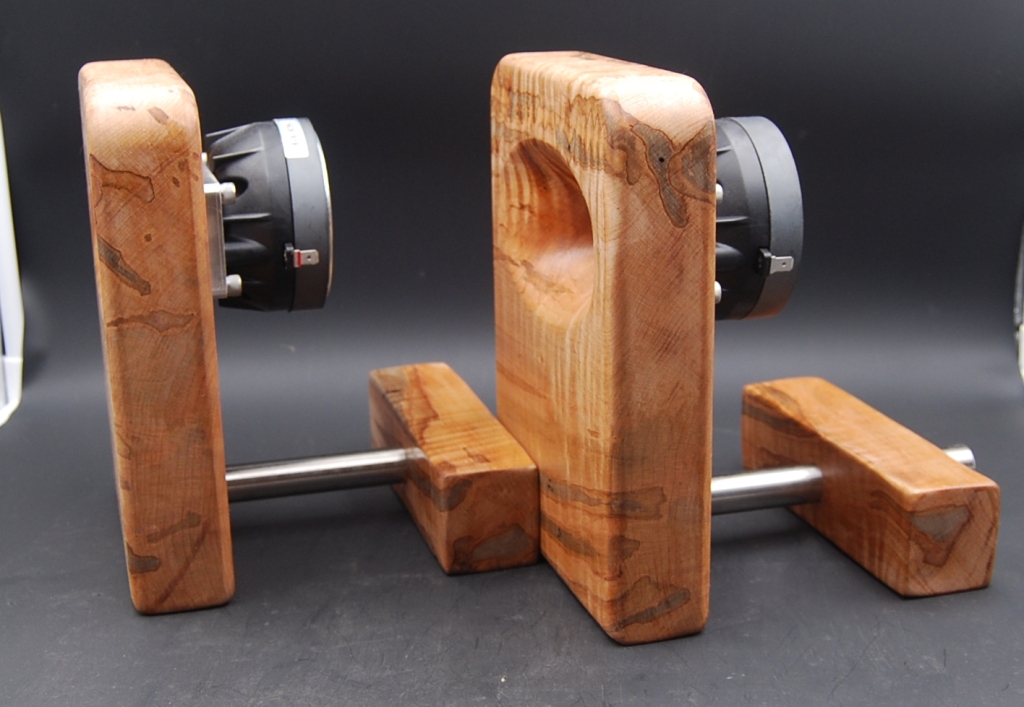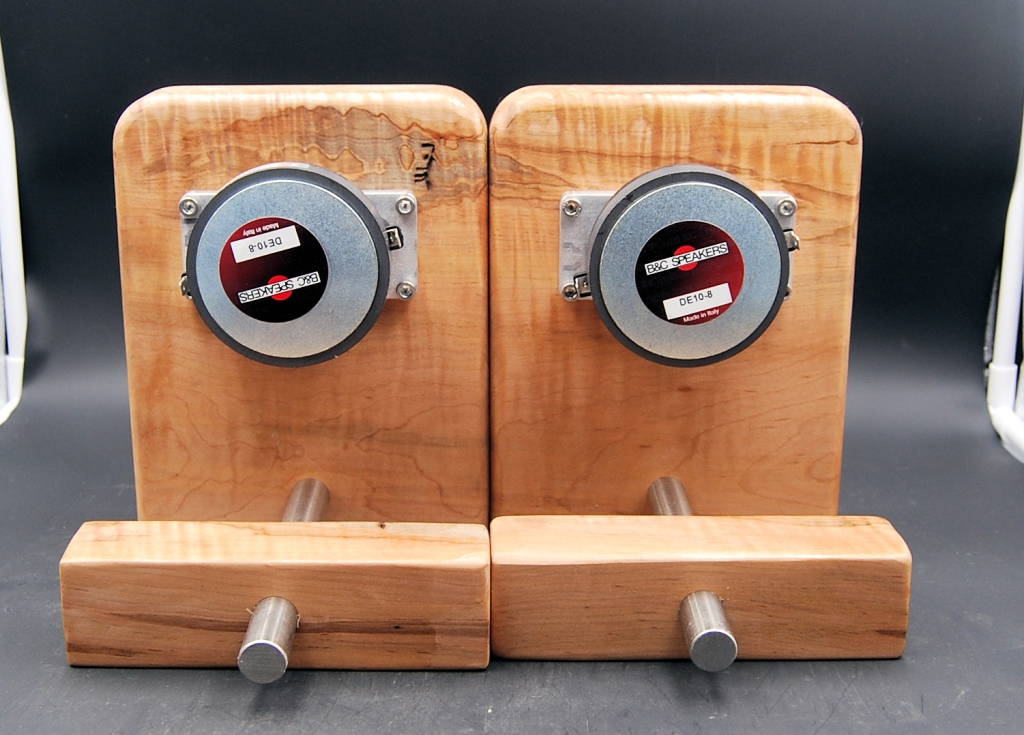For the last few years I have had a hobby that consumes a lot of my time. Audio and it all started back in 1981 when I had a guy invite me over to hear his stereo. So I walk into his living room and there were two big black box things in the corners and two more diagonally out in a straight line towards a coffee table with a chair and a receiver. That was all he had in there. He fired them up and played “Toccata in D Minor” and Mellancamp’s “Crumbling down”. I had just been introduced to the world of high fidelity and the big black boxes were Klipsch Cornerhorns and Klipsch La Scalas. It can still run chills up and down my spine remembering what that sounded like.
Fast forward many years to about 2014 when I decided it was time to get some speakers and lo and behold there next to a job I had in Orlando were two pairs of La Scalas for sale. Since that time I have become quite serious about buying and selling Klipsch vintage speakers because I like listening to the various types and I liked fixing them up. One thing was certain and that was I could listen and resell what I bought if I did not like it and get my money back out of it. I have since gone through a number of Cornwall’s, Fortes, Chorus, La Scala and various Klipsch Professional line speakers. For my personal use I have migrated to a set of Klipsch MCM 1900 three way’s and a pair of Klipsch KP456’s.
The problem with a hobby like this though is that buying speakers close enough and cheap enough to restore and sell for a reasonable profit is getting really tough. It typically involves trips of hundreds of miles to buy and problems to fix when you get them home. It has been a struggle to do this and I have quit looking for vintage Klipsch. I do get some offers I don’t refuse but by and large I don’t seek them anymore. I look for Klipsch Pro speakers which all things considered yield FAR more audio satisfaction for the money spent even if they are not as pretty. Where it matters with the sound they produce they are the best.
One of the audio things I had been kicking around was how to make a hobby productive and maybe even help pay bills when I pretend to retire. I decided to have a try at designing and machining a drop in horn replacement for the Klipsch K-77 tweeter used in many of their offerings. As time passes and I come up with something I cut one and use an APT50 driver and an elliptical horn lens and install them in a pair of Pro La Scalas. The difference was huge and all the shrill went away. Thus began my serious effort to design and begin producing.
I ended up with two horn lens types and a modular base plate that would allow for the horn lens to use either the common 1 3/8 18TPI threaded driver or a two bolt driver like the B&C DE110 or DE120. All final tweaking has been done and I will begin selling these the last week of May. Here are some screen captures of the assemblies from Solid Edge which they were designed in. Basic dimensions first and then the two types of horns which are the Elliptical and Tractix style.

Basic dimensions for horn and DE120

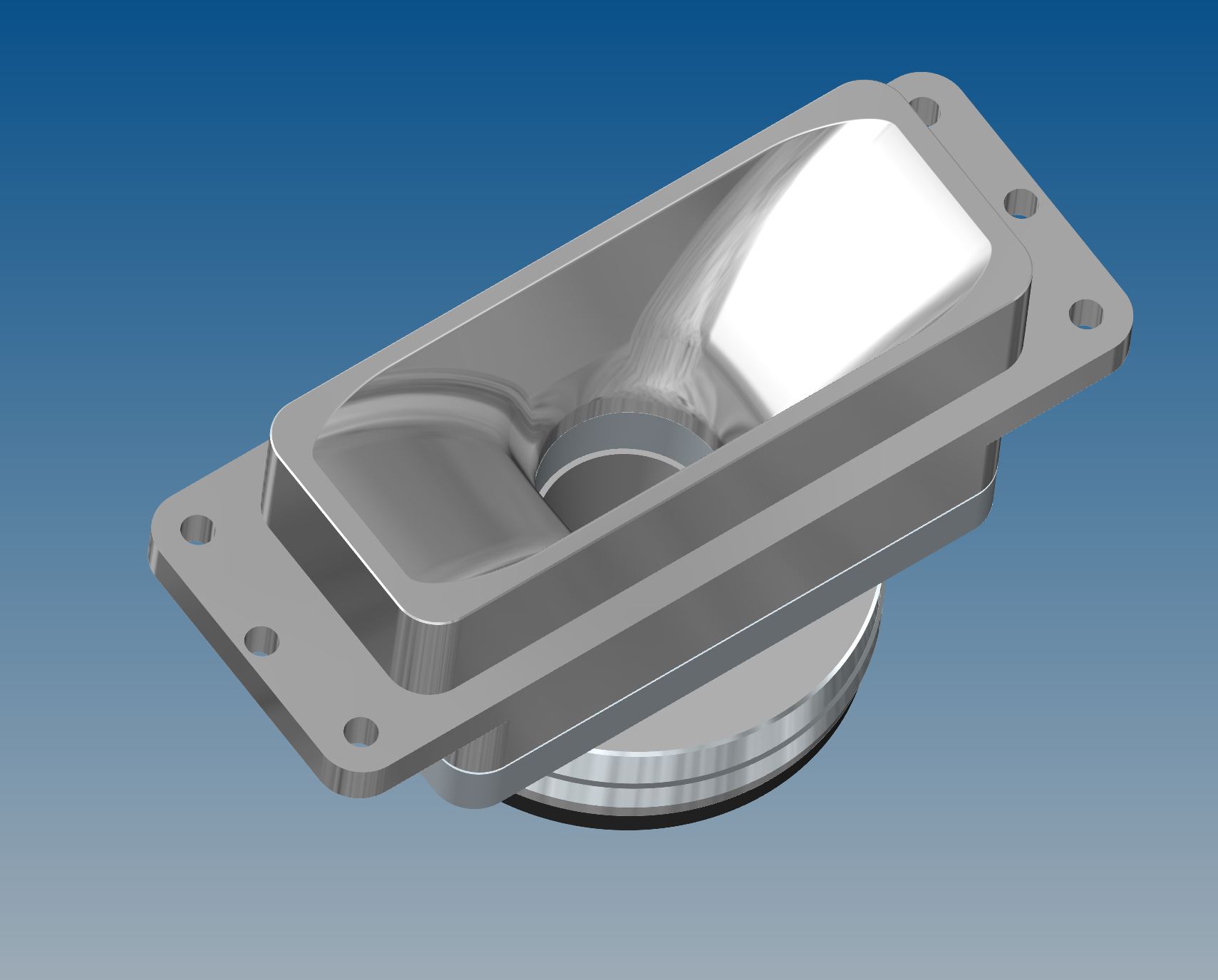
I will be acquiring the skills to measure speaker output in the future but for now a very knowledgeable individual has assisted me with some technical info so people know what to expect with these horn lenses and B&C DE120 drivers. You know who you are and THANKS. I would quite frankly be groping in the dark without his technical ability and assistance.
First up are the Polar Spectrograms of the Elliptical horns.

Elliptical Vertical Spectrogam

Elliptical Horizontal Spectrogram
Next up are the Tractix style. Basically what this is is a round to square to rectangular series of transitions a number of horn lens makers are doing now. I imagine specific dimensions are proprietary to various companies but mine were derived in house according to shoehorning these transitions into very limited space. So namely when I was happy off they went for testing.

Tractix Vertical Spectrogram

Tractix Horizontal Spectrogram
Here is the commentary the tester had regarding these.
In the horizontal direction, look at the yellow to yellow-green color for the approximate -6 dB
point (the usual reference that’s used for polar coverage. It looks like its got about 90
degrees coverage down to about 6 kHz, then narrow to about 60 degree in the 4-5 kHz region, then
broadens again to about 120 degrees coverage below 4 kHz.
Looking at the vertical direction coverage polars, you should use the orange-to-yellow
transition, which is about 30 degrees coverage from 10 kHz on up, 60 degrees from 6-10 kHz, and
90 degrees coverage from 2-6 kHz.
There is a bit of a hot spot at 5 kHz which moderates as the polar angle increases. I tried
EQing the peak at 5 kHz (on-axis) down to flat, but all that did was to decrease the 5 kHz SPL
too much at 20 degrees and greater off-angles–so I re-ran the polars with no EQ and the off-axis
plots look better. The only issue is the 5 kHz peak at zero degrees (on-axis). If you move off
axis by a very small amount, that peak in response at 5 kHz disappears.
The tweeter is also quite hot above 12-14 kHz, with rising response. This should NOT be an issue
since no one older than 30 can really hear well above that frequency, and most recordings roll
off those frequencies to keep the anti-aliasing down above 15 kHz (CD tracks) and vinyl actually
sucks above 12 kHz anyway–it can’t reproduce well above 12 kHz if its been played more than a
couple of times (i.e., pulling a rock through plastic wiggly grooves). So in balance, no one’s
going to complain about that fairly gently rising response above 10 kHz.
I failed to say that the overall frequency response is good without EQ–that’s something that you
can advertise. Note that the 5 kHz peak is only audible on-axis for about 10 degrees of
coverage–a very small amount. If the loudspeakers are not pointed directly at the listener,
they’ll probably never hear that peak.
Some observations:
1) Both B&C drivers required about an hour or two of driving at 100 dB on-axis (one meter) for
their frequency response to even out. It wasn’t gradual, but rather sudden, as if the driver
diaphragm suddenly became unstuck at 6 kHz and above. That caused me the most time in re-
measuring once that driver performance transition occurred.
2) The 6 kHz peak response on-axis is also apparent on this tweeter design, so that’s probably a
B&C driver characteristic, not a horn/driver issue.
3) Make sure that you read the average level on the zero degree line as your baseline “color” for
each plot. In this case, that’s roughly the color at the yellow-orange junction, so that would
be your new “zero dB” level, and minus 6 dB from that point would be the transition to the color
green. If that’s true, then this tweeter has about 90 degrees coverage horizontally from 4 kHz
on up to ~16 kHz, and in the vertical direction, the coverage starts at 60 degrees at 20 kHz and
broadens to almost 180 coverage at 5 kHz.
Now a few comments from me.
Regarding testers choice between the two. Now I will say this beforehand. I have put an APT50 in a La Scala with the Elliptrac horn and it made a BIG improvement over the stock K-77. The general consensus is that bringing the horn mouth to the front of the motor board makes a very noticeable difference even when using a driver like the APT50 which is not as good as the B&C DE120. The tester who had the DE120 and an Elliptrac and Tractix style horn lens to test preferred the Tractix style horn lens. I think all variations are better than stock K-77’s at the very least since the mouth is flush or nearly so with the motor board.
At this time I am going to sell these as follows. Look for them on EBay under “Machined Aluminum Horns Klipsch K-77 Drop in Replacement”
The Elliptical lenses by themselves with the DE clamp plate $156.00
Ellipticals with B&C DE120 drivers $267.00
The Tractix horns take longer to machine and there is a price difference.
Tractix lenses by themselves will be $166.00
With B&C DE120 drivers $277.00
I will update these prices within two weeks to include the APT50 driver clamp plate and in addition I am looking into a Beyma driver. Drivers small enough to fit the badly restricted K-77 space are very few but I am going to make an attempt to make adaptors for them and you decide what you want at that time.
For all of you waiting for these the time is ticking down to next week when they will finally be for sale.
